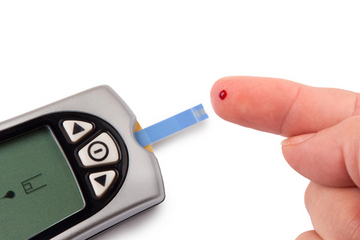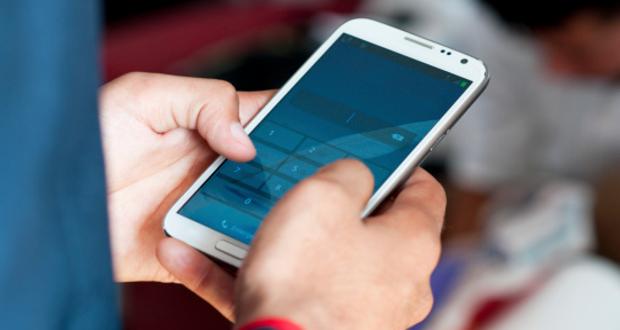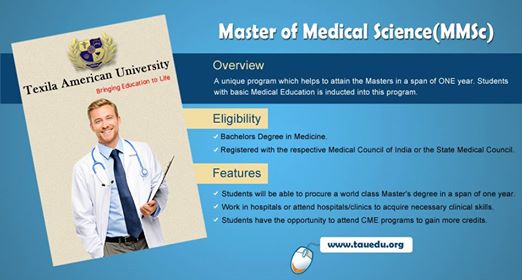More than 29 million people in the United States have type 2 diabetes, and a quarter of them do not know they have it, according to a new report released today by the Centers for Disease Control and Prevention.
Another 86 million adults, or more than one in three people, have prediabetes, meaning they have abnormally high blood sugar levels, according to the report. Without weight loss and physical activity to reduce blood sugar levels, 15 percent to 30 percent of people with prediabetes will develop diabetes within five years, the CDC said.
The new report used data from 2012. The CDC’s previous estimates were based on data from 2010, and suggested that 26 million people in the United States had diabetes, and that 79 million more had prediabetes.
“If these numbers continue to rise, 1 in 5 people could have diabetes by the year 2025, and it could be 1 in 3 people by the year 2050,” said Ann Albright, director of CDC’s Division of Diabetes Translation. “We simply can’t sustain this trajectory. The implications are far too great, for our families, our healthcare system, our workforce, our nation.”
Type 2 diabetes is a progressive disease characterized by high blood sugar levels, which can lead to serious health problems, including heart disease, blindness, kidney failure, and amputations of toes, feet or legs. Diabetes is the seventh leading cause of death in the United States, according to the CDC.
People who are overweight or who have a family member with diabetes face a higher risk for developing the condition. Healthy eating and exercising can reduce the risk. For people who have diabetes, treatments include physical activity, changes in diet, and insulin and oral medications to lower blood sugar levels
“We know today that adopting a healthier lifestyle is the most effective way to prevent type 2 diabetes and improve health for people already diagnosed with diabetes,” Albright said. “It’s critical that people learn ways to change their own health behaviors.”
The new report showed that 1.7 million people were newly diagnosed with diabetes in 2012.
Black, Hispanic, American Indian and Alaska Native adults are about twice as likely to have diabetes as are white adults, according to the report. However, for prediabetes, the percentage of U.S. adults with the condition is similar for whites (35 percent), blacks (39 percent) and Hispanics (38 percent).
The CDC recommends people ages 45 and older consider getting tested for diabetes, especially if they are overweight
Prediabetes usually has no symptoms, and is defined by blood sugar levels that are higher than normal but not yet in the diabetic range. Studies suggest people with prediabetes can control their blood sugar levels and prevent diabetes by exercising, eating a healthy diet and losing excess weight.
“The sooner people find out they have prediabetes and take action, the better their chances of preventing type 2 diabetes,” Albright said.
Source: yahoo news













